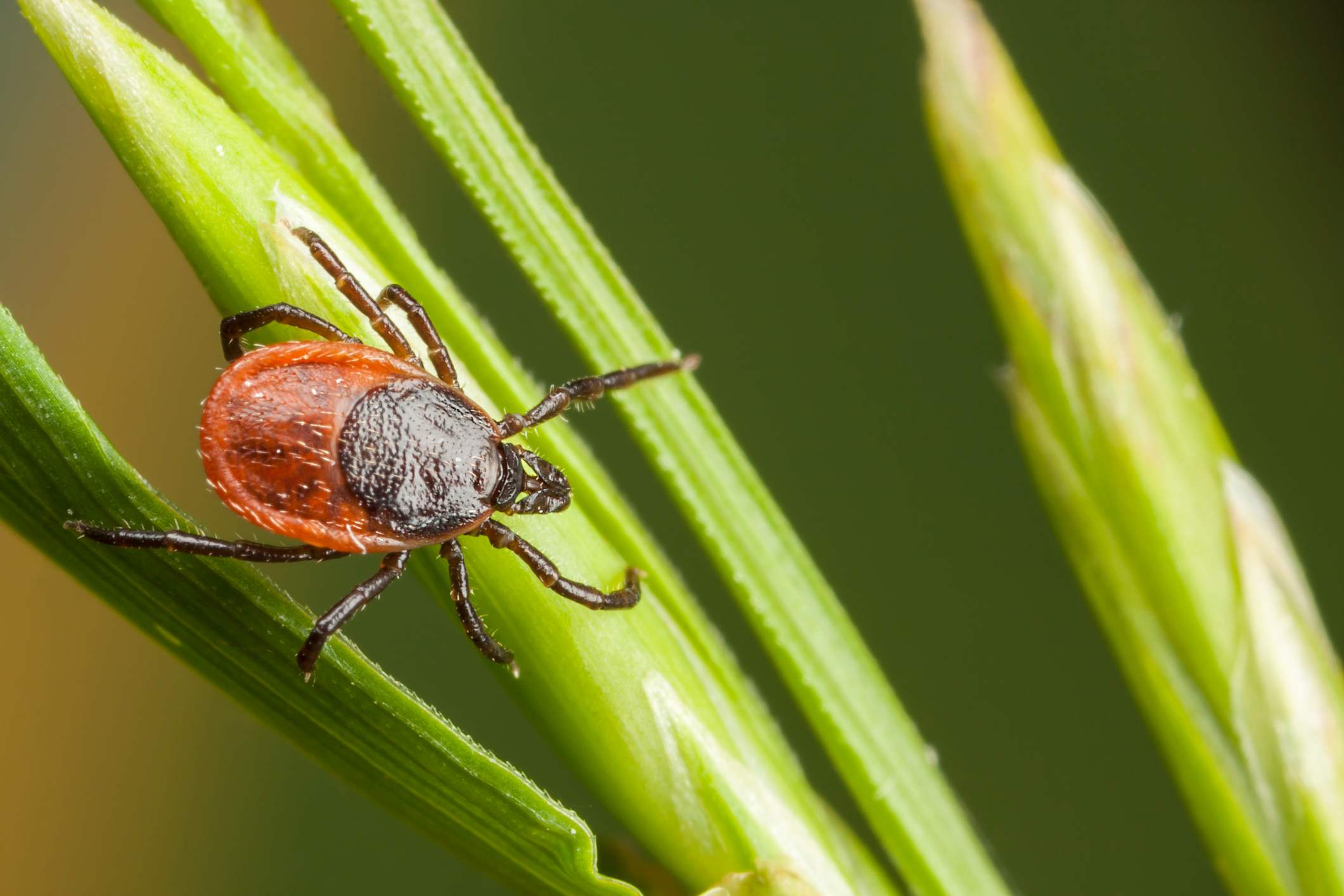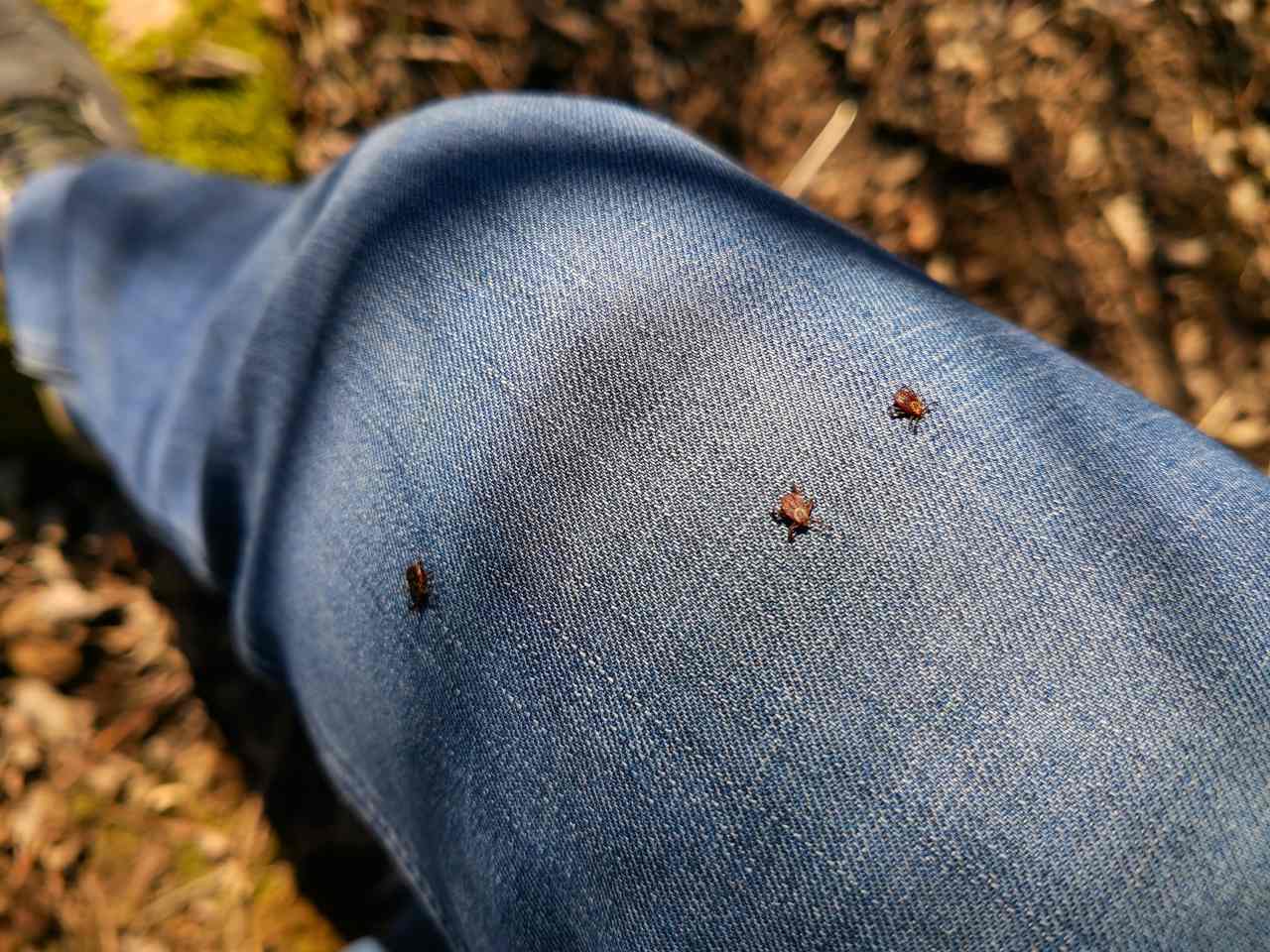Ticks are a part of life in Wisconsin and across the Midwest. These tiny bloodsuckers latch on, and never want to let go. As the weather begins to warm up, ticks become more prevalent and harder to avoid. But don’t let ticks put a damper on your summer fun, here are some tips for you and your pet to enjoy the great outdoors – tick free. If you keep finding ticks on yourself or your pet, Wil-Kil Pest Control can help!
When is Tick Season in Wisconsin?
A tick can latch onto you at any time of year, but May through November is their most active season. They live in areas with dense brush and grasses, where they lay in wait for a host to walk past them. When you are out in the woods, it is difficult to avoid ticks. But the best line of defense is to use bug repellent spray and wear long pants with boots.
Get A Free Quote
What are Common Ticks in Wisconsin?
For Midwesterners, ticks are a part of everyday life. Between outdoor activities like hunting, camping, fishing, and hiking, Wisconsinites are aware of how easy ticks can find you. Ticks are so tiny, that it can be hard to spot them before they attach themselves to you. But if you’re new to the area, here’s what you need to know.
There are three major types of ticks in Wisconsin:
- Deer tick (black-legged tick) – reddish to dark brown without white markings
- Wood tick (American dog tick) – white markings on the body and larger than deer ticks
- Lone star tick – rounder, females have a white spot in the middle of their back, males have white markings near their rear
Are there Lone Star Ticks in Wisconsin?
Lone star ticks, also known as seed ticks, are the least common tick found across Wisconsin. These elusive ticks do not carry Lyme disease. They are commonly found between Texas and Iowa but are spreading northward.
People bitten by a lone star tick occasionally develop a circular rash. This condition has been named STARI, southern tick-associated rash illness. The rash can be accompanied by fatigue, headache, fever, and muscle pains.
Do Ticks Carry Illnesses?
Ticks are notorious for carrying various illnesses and diseases. Although not every tick bite will cause harm, it is important to treat the bite as quickly as possible. Lyme disease is one of the most common diseases transmitted by tick bites. While there are over a dozen types of illnesses that can be transmitted, not all are common in the Wisconsin area. If bitten by a tick, don’t panic, and watch for flu-like symptoms such as a fever or headache. If you experience symptoms after a tick bite, seek medical attention for proper treatment.
Common illnesses and diseases carried by ticks:
- Anaplasmosis – bacterial infection that causes fever, headache, chills, and muscle aches
- Babesiosis – disease that infects red blood cells: can be life-threatening to those who have a weak immune system, causes flu-like symptoms
- Borrelia mayonii – type of bacteria that can cause Lyme disease
How do you Remove Ticks?
Removing a tick can be tricky business. Several popular homeopathic remedies can cause more harm than good. The proper removal procedure does not involve petroleum jelly, matches, nail polish remover, or simply pinching the tick off. First, you’ll want to grab the right tools for the job, including a clean pair of fine-tipped tweezers, rubbing alcohol, or soap and water.
To remove the tick:
- Use the tweezers to firmly grasp the tick as close to the skin as possible
- Pull the tick upwards with steady pressure, until it is removed from the skin
- Thoroughly clean the bite site and wash your hands with either rubbing alcohol or with soap and water
After removing the tick, take a photo of it, or save it in an airtight bag. If you develop a rash that won’t go away or additional symptoms, contact your doctor. Bring the photo or tick with you for identification and testing. The longer the tick remains attached to your skin, the higher the risk of transmitted disease.
What do Tick Bites Look Like?
After removing a tick, you can be left with a small red bump at the sight of the bite. A rash may appear around the bite, or soreness and swelling may develop. If you develop a severe headache, difficulty breathing, paralysis, or heart palpitations, seek medical attention immediately.
Are Ticks Dangerous to Pets?
Ticks are just as dangerous to pets as they are to humans. Since ticks are so small, they can be difficult to find in the dense fur of a dog or cat. But they can commonly be found around their head, ears, neck, or feet. The removal process is the same, but offer your furry friend plenty of treats and pets.
How do you get rid of Ticks in Wisconsin?
The best way to avoid ticks is to wear long pants, a long-sleeved shirt, a hat, and boots when spending time outdoors. Tuck your pants into your boots for an added layer of protection. If you have taken preventative measures and still find ticks, Wil-Kil Pest Control can help. With decades of experience in the pest control business, Wil-Kil has the knowledge and experience to rid your home of ticks. Contact us today for tick control services!



